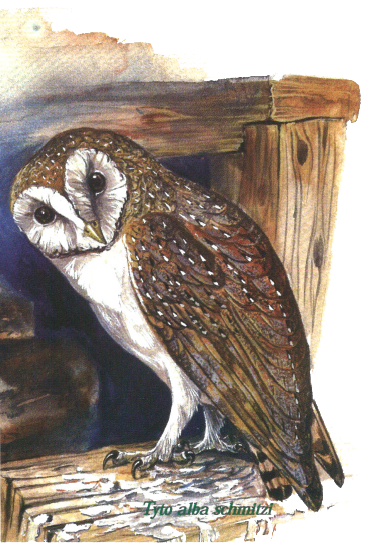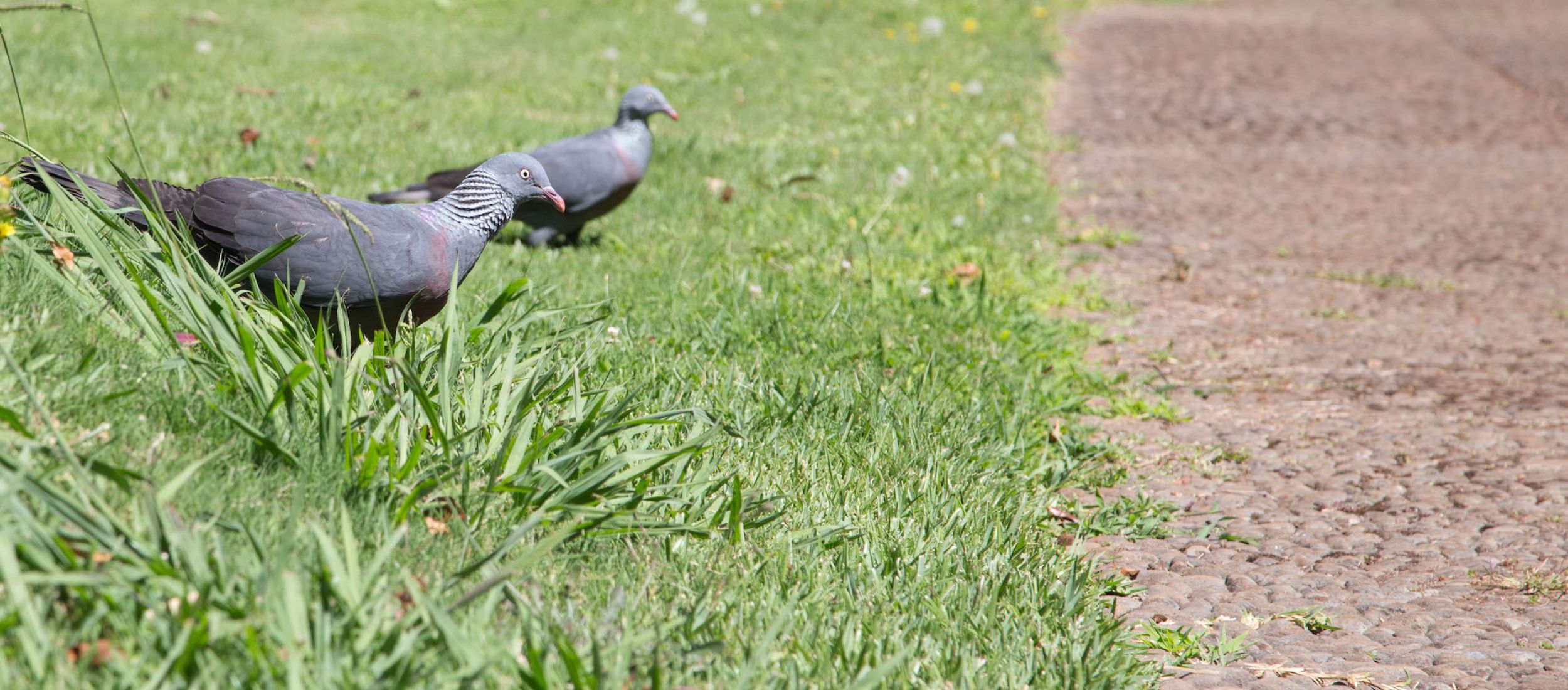- Home
- Accommodation
- Hotel Rooms, Villas & Apartments
Palheiro Nature Estate on Madeira Island enjoys a beautiful hillside location with stunning views of the ocean and the city of Funchal. Since it was acquired by the Blandy family in 1885, successive generations have managed the transition from traditional farming to leisure based activities.
Whether you are looking for the perfect countryhouse resort hotel, a relaxing private vacation rental home, or an island family villa, Palheiro Estate has an extraordinary property waiting for you. - Hotel Casa Velha do Palheiro
Escape to The Casa Velha Hotel, a five-star luxury country house hotel infused with 210 years of beauty, history & elegance.
- Palheiro Village
With a wide range of villas and apartments for families and groups of any size, your Madeira Island vacation rental search starts, and ends, here.
- Hotel Rooms, Villas & Apartments
- Dining
- The Vista Balancal Restaurant
Gastronomy at the Vista Balancal Restaurant combines local culinary tastes with a southern European flavour. Influenced by the Atlantic and inspired by the Mediterranean – with a dash of the oriental adding a little spice – the cuisine serves to illustrate the imagination and creativity associated with the award-winning kitchen.
- The Oxalis Restaurant
At Oxalis, we invite you to savour the flavours of Madeira through a dining experience that supports sustainability, honours the environment, and celebrates locally grown, high-quality produce.
- Other Food & Beverage Offers
- The Vista Balancal Restaurant
- Golf
- Gardens
- See & Do
- Palheiro Nature Trail
Explore the 150-hectare Palheiro Nature Estate on a scenic trail linking Casa Velha do Palheiro to the Palheiro Golf Clubhouse and Vista Balancal Restaurant. This easy route follows peaceful forest paths with views over Palheiro Golf and Funchal Bay, ideal for a relaxed walk or a quiet moment in nature.
- Other Activities
- Palheiro Nature Trail
- Weddings & Events
- Weddings & Special Events
Palheiro Estate offers a myriad of different opportunities to celebrate weddings and other special occasions. Unforgettable scenery and discreet service will make your event unique. Private dinners at the Palheiro Golf Clubhouse Restaurant with the amazing panoramic backdrop of Funchal.
- Corporate Golf Events
Thanks to the excellent quality of our course, Palheiro Golf regularly plays host to various corporate golf days. Golfing activities can be tailored to any event, from individual golf lessons to structured group tuition and tournament organisation.
- Weddings & Special Events
- Spa
- More
- Contact
Birdwatching
 There are more than 20 species at Palheiro; a good example of all to be found on the island. There is an especially active colony of birds of prey that feed and breed around the golf course. To promote the presence of the birds and make it easier to observe them, feeding stations and breeding boxes have been installed around the Estate. For the same reason, other types of shelters and food stops have been constructed so the owls and bats can be seen when the sun goes down. So, during a round of golf you will hear a variety of song and you might be able to see some of the following birds:
There are more than 20 species at Palheiro; a good example of all to be found on the island. There is an especially active colony of birds of prey that feed and breed around the golf course. To promote the presence of the birds and make it easier to observe them, feeding stations and breeding boxes have been installed around the Estate. For the same reason, other types of shelters and food stops have been constructed so the owls and bats can be seen when the sun goes down. So, during a round of golf you will hear a variety of song and you might be able to see some of the following birds:
Buzzard (Buteo buteo buteo): A large slow-flying broad-winged brown raptor, often mistakenly identified as an "eagle" - very common.
Kestrel (Falco tinnunculus canariensis): A small hawk often seen "hanging" motionless on the wind - very common.

Atlantic Herring Gull (Larus michahellis atlantis): Breeds on offshore islands and feeds on more or less anything - very common.
Grey Heron (Ardea cinera): A large grey bird with a long neck. Flies slowly with legs trailing - common but does not breed here.
Little Egret (Egretta garzetta): A smaller white version of the Grey Heron - not common.
Rock Dove (Columba livia): A smaller dark version of a carrier pigeon - common
Collared Dove (Streptopelia decaocto): A small beige dove with a black "collar" - not common.
Pallid Swift (Apus pallidus brehmorum) and Plain Swift (Apus unicolor): Both blackish species can often be seen "hawking" for insects over the course. The Pallid is paler.
Hoopoe (Upupa epops): A startling fawn-black-white bird with crest and a thin, tapering bill. Breeds in Porto Santo. Often appears tame - uncommon and unforgettable.

Bertelot's Pipit (Anthus berthelotii): A small grey-brown bird that runs about the fairways. Similar to the Rock Pipit seen on Scottish links but has a more bleached sun-faded appearance. Common.
Blackcap (Sylvia atricapilla): A small warbler frequenting shrubbery. Male has a black "cap", females and young have brown "caps". "Tac-tac" alarm call and sweet song - common. There is an uncommon melanistic blackish variety.
Grey Wagtail (Motacilla cinerea): A small bird seen near water. Confusingly appears mostly yellow but gets its name from its grey plumage above. Bobs up and down and flicks its tail.
Firecrest (Regulus madeirensis): A very small warbler with a red gold head stripe and white eyebrows. High pitched bell-like call and song - common in trees.
Canary (Serinus canaria): A yellow-green finch often seen in small flocks. Nothing like the caged variety - very common.
Fairly common are also the familiar Blackbird (Turdus merula), Chaffinch (Fringilla coelebs madeirensis), Goldfinch (Carduelis carduelis parva) and Robin (Erithacus rubecula rubecula) - however you may well spot an uncommon visitor, especially when winds have been easterly.
 The Macaronesian Sparrowhawk
The Macaronesian Sparrowhawk
(Accipiter nisus granti)
This forest bird of prey depends on its native habitat of the laurel forest. It is an endemic subspecies of Macaronesia which occurs only in Madeira Island and five islands of the Canary archipelago: Gran Canaria, Tenerife, La Palma, La Gomera and El Hierro. Due to its rapid flight and elusive behaviour it is difficult to observe, and it is more active during the breeding season (February to July). The female is larger and has a grey-brown belly whereas the male is reddish-brown.
Although only 9 nesting pairs have been officially identified in Madeira, they have been spotted nesting in the trees of Palheiro Gardens.
photo by: José Juan Hernández
Rare Endemic “Trocaz” (Columba trocaz) pigeons nesting at Palheiro Estate

As a long-time Island resident, I was brought up on the story that the Madeira Trocaz pigeon lived exclusively in the laurel forests on the north of the island and fed on laurel berries; when they ventured out to eat newly planted cabbage, furious farmers used to shoot them and so the population was in decline. Much of this continues to be true though birds are seen in small pockets of laurel forest on the southern side of the island and have now been protected for many years. The population is now believed to be increasing.
David Bannerman in volume two of his book "Birds of the Atlantic Islands" gives pride of place to the Trocaz with a coloured frontispiece plate and saying how the adult bird could be distinguished by its red bill, silver ring round its neck, pinkish tinge on the breast and very long middle toe or claw. (See picture). There are indeed several mounted examples of this magnificent bird in the Funchal Natural History Museum. As a frequent visitor to the Palheiro Gardens over the years, I have noticed
an ever-increasing number of Trocaz pigeons. At first, I thought they might have lost their way or had been frightened by forest fires or hunters. Now they are more established and Luis Alves the Palheiro Golf greenkeeper believes there must be several dozen living in the woods and feeding off the Laurels, Holm oaks and kindred trees. They have become quite tame as indeed they must have been when the island was first discovered.
Recently a wounded juvenile, unable to fly, was found and placed in a cardboard box; Dr. Frank Zino and Dr. Manuel José Biscoito curator of the Natural History Museum were consulted and the latter arranged for the bird to be collected by João Silva, keeper of the Museum collections. The bird responded to his treatment, is now feeding itself and endeavouring to fly, - albeit somewhat erratically…. Hopefully it may one day be returned to fly again in the sanctuary of Palheiro. I was told that this was the second such case as another very young chick fell out of his nest last year at Palheiro and was looked after by João Silva who initially had to hand feed it before it was happily returned to its natural environment.
In the Palheiro Gardens they can sometimes be seen on the lawns and drinking from the ponds. Recently I witnessed a courtship at close quarters as a cock fanned its tail and turned around bobbing about in front of two admiring females. In the late afternoons they can be seen flying to the nearby Ribeiro do Inferno. I believe they are most probably nesting there either in holes or ledges of the stone cliff above the spring at the base of the cliff or in the laurel trees. Visitors to the Gardens rarely visit this wild area containing a number of Madeira endemic trees.
Richard Pell
Join our newsletter to receive all our latest news and offers.
Newsletter Subscription
Company

9060-414 Funchal,
Madeira, Portugal
General: (+351) 291 790 120
Casa Velha: (+351) 291 790 350
Village: (+351) 291 790 030
(chamada p/rede fixa nacional)
This email address is being protected from spambots. You need JavaScript enabled to view it.
This email address is being protected from spambots. You need JavaScript enabled to view it.
This email address is being protected from spambots. You need JavaScript enabled to view it.
This email address is being protected from spambots. You need JavaScript enabled to view it.














